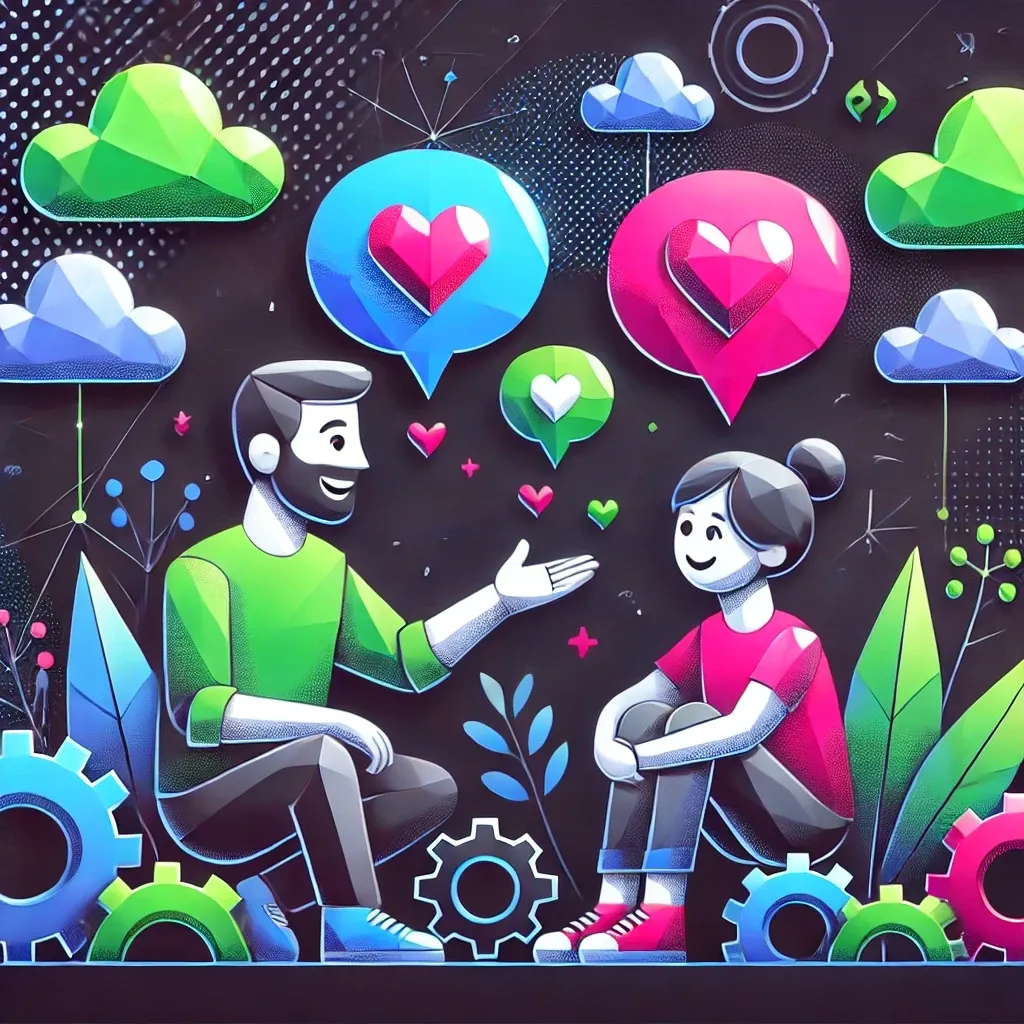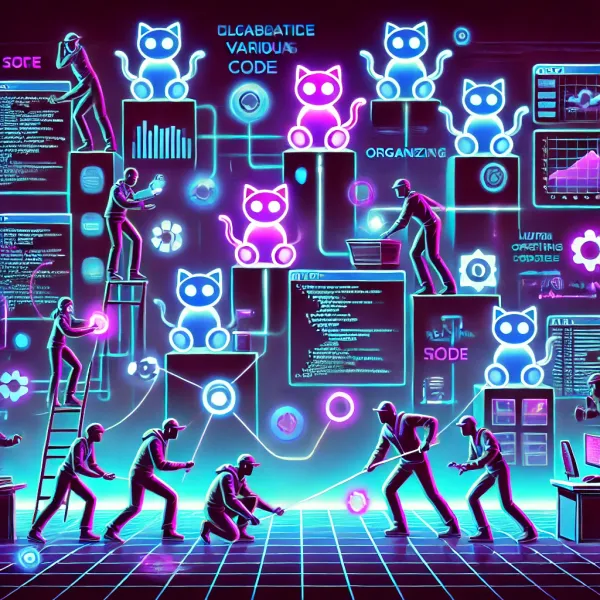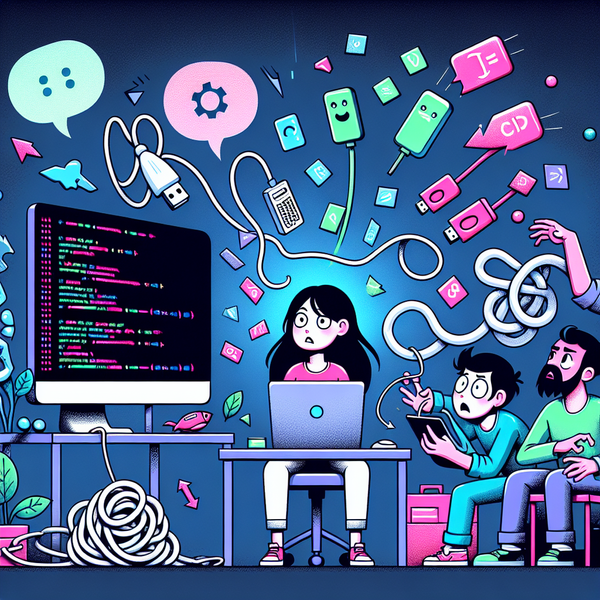Using Empathy in Communication
How communicating with empathy builds trust with software engineering teammates and stakeholders

Empathy is one of the most underrated superpowers in the workplace. It’s the ability to step into someone else’s shoes, see things from their perspective, and genuinely care about their experience. When it comes to communication, empathy is the secret sauce that turns ordinary conversations into ones that build trust, understanding, and meaningful connections. In this article, we’ll explore why empathy matters and how to use it to improve your interactions—with colleagues, stakeholders, and even yourself (because let’s face it, self-empathy matters too).
Why Empathy Matters in Communication
Builds Trust
Empathy shows people that you understand their perspective and care about where they’re coming from—and trust is built on that foundation. When people feel understood, they’re more likely to open up and share their real thoughts (instead of just saying what they think you want to hear). Communicating feedback constructively requires empathy to ensure your message lands well—and doesn’t make the other person secretly start drafting their resignation letter.
Reduces Misunderstandings
Assuming you know what someone else is thinking is a fast track to miscommunication. Empathy helps close that gap by encouraging you to actively listen and consider the other person’s viewpoint. This keeps misunderstandings to a minimum, making it much easier to keep everyone on the same page. Active listening is a must for empathetic communication—it’s the difference between understanding and just waiting for your turn to talk.
Encourages Collaboration
People are way more likely to share their ideas and collaborate when they feel heard and understood. Empathy fosters a safe environment where everyone knows their voice matters. This leads to better teamwork and more creative problem-solving—because no one’s afraid to speak up. Collaborating with stakeholders becomes a lot easier when empathy is part of the conversation.
Tips for Using Empathy in Communication
Listen Without Interrupting
Sounds easy, right? Spoiler: it’s not. It’s tempting to jump in with your own thoughts the second someone pauses, but real listening means giving the other person your full attention. Show you’re engaged with body language, facial expressions, and a dash of patience. Active listening makes the other person feel heard—and who doesn’t love that?
Acknowledge Their Feelings
Sometimes, people just want to feel seen and validated. Acknowledging their emotions doesn’t mean you have to agree with them—it just shows you get where they’re coming from. Simple phrases like, “I can see why you’d feel that way” or “That sounds really tough” can go a long way. It’s about recognizing their experience, not dismissing it.
Ask Open-Ended Questions
If you want to truly understand someone, ask open-ended questions. These encourage people to share more about their thoughts and feelings, giving you insight into their perspective. Instead of, “Are you okay with this?” try, “How do you feel about this approach?” You’ll get a lot more information—and it beats guessing.
Be Mindful of Your Tone
What you say is important, but how you say it? That’s the game-changer. Even the most empathetic message can be undone by a condescending or dismissive tone. Make sure your tone matches your intention—supportive, understanding, and kind. Empathy isn’t just about words; it’s about how you make the other person feel.
Put Yourself in Their Shoes
Having trouble understanding someone’s perspective? Take a moment to imagine yourself in their situation. What pressures are they facing? What challenges are they dealing with? Effective communication often comes down to seeing things from the other person’s point of view. It’s not always easy, but it makes a huge difference.
Conclusion
Empathy in communication isn’t just about being nice—it’s about building stronger connections, reducing misunderstandings, and fostering a supportive environment where people thrive. Listen without interrupting, acknowledge feelings, ask open-ended questions, be mindful of your tone, and try to see things from the other person’s perspective. When you communicate with empathy, relationships improve, teamwork flows, and the workplace becomes a lot more enjoyable. So, the next time you’re having a conversation, practice a little empathy—and watch the magic happen.




